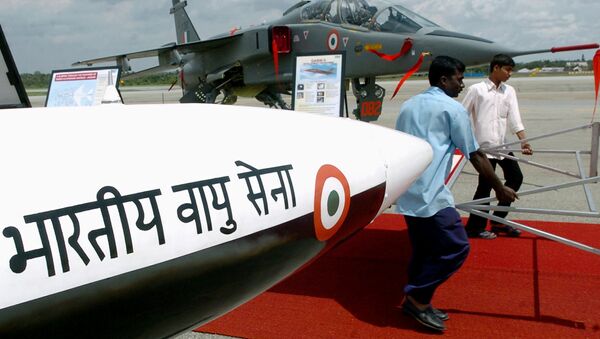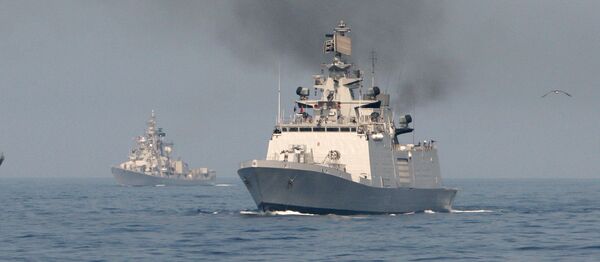“HAL desires to select risk sharing partners for development of specific technologies/systems to meet the overall requirement of developing the Unmanned Helicopter,” reads a document published by HAL.
HAL and Malat solution, a unit of Israel Aerospace Industries, were involved in developing rotor craft project since 2008 which did not yield the desired results.
“Indian Navy plans to induct strategic unmanned systems, including a fleet of high-altitude long-endurance (HALE) maritime UAVs as well as rotary-wing tactical UAS. In some ways, the growing propensity of navies for autonomous operations is a reflection of the growing tensions in Asia-Pacific. The unprecedented rise in surveillance platforms deployed in the South China Sea, particularly China’s deployment of high-tech drones, such as the Harbin BZK-005, has reinforced a perception in New Delhi that Chinese future military operations will focus on dominating Asia’s littorals,” says Indian Naval Commander Abhijit Singh(retired) of Delhi based think tank ORF.
HAL has produced Pilotless Target Aircraft (Lakshya) and is involved in maintenance of MALE & Tactical categories of UAVs. In addition HAL has designed indigenous mini UAV, which is undergoing extensive flight trials.
HAL is sending a clear signal to possible partners that it will give priority to those which has expertise in automatic flight control system. IAI and HAL failed in developing desirable flight control system. IAI-HAL Naval version of Rotary UAV was planned to have endurance of 6 hours and up to a distance of 120 km from the launching vessel.
Currently, Indian Navy is operating three UAV squadrons based in Kochi (Kerala), Porbandar (Gujarat) and Ramanathapuram (Tamil Nadu) for coastal surveillance.





